Diffraction and Interference (Light)
Diffraction is the bending or spreading of light through an opening or around an obstacle.
Goethe "flexibility of light"
Why is it possible to hear around corners, but not see around them?
Diffraction of laser light through a vertical opening of decreasing width. Note that as the opening gets narrower, the amount of diffraction in the horizontal direction increases. (The interference fringes will be dealt with later in this section.) This image sequence is also available as an animated gif.  | 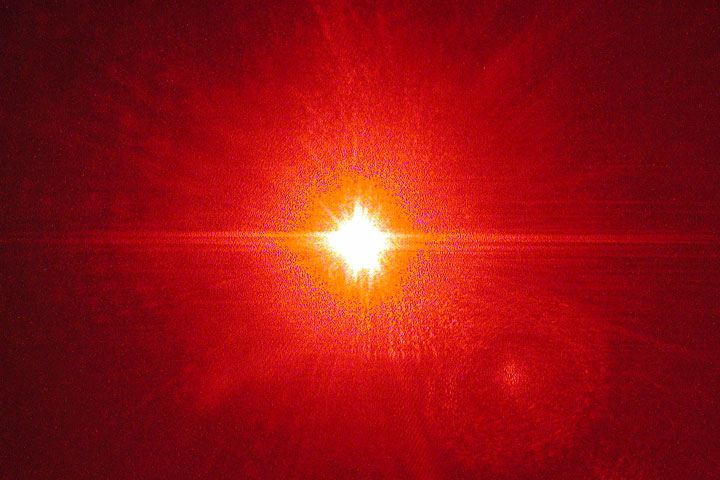 | 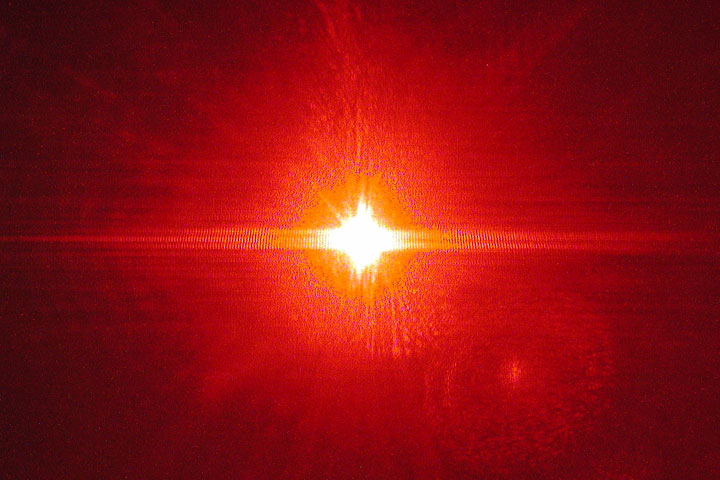 |
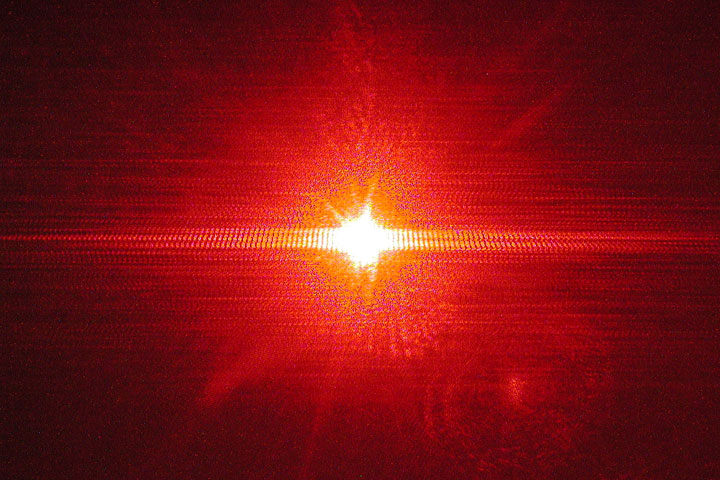 | 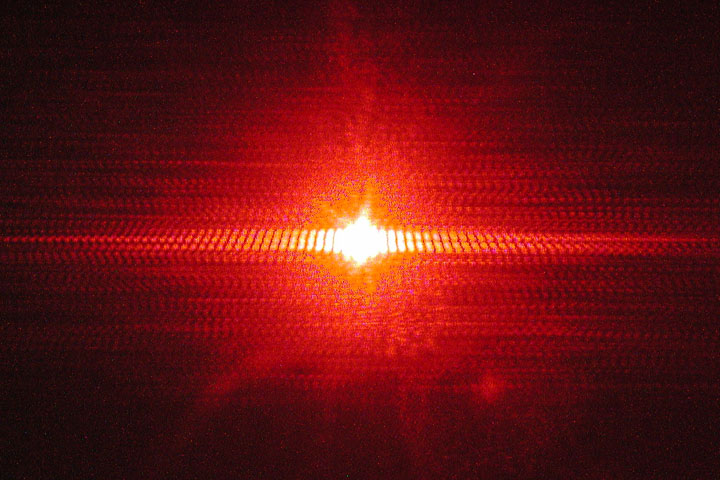 | 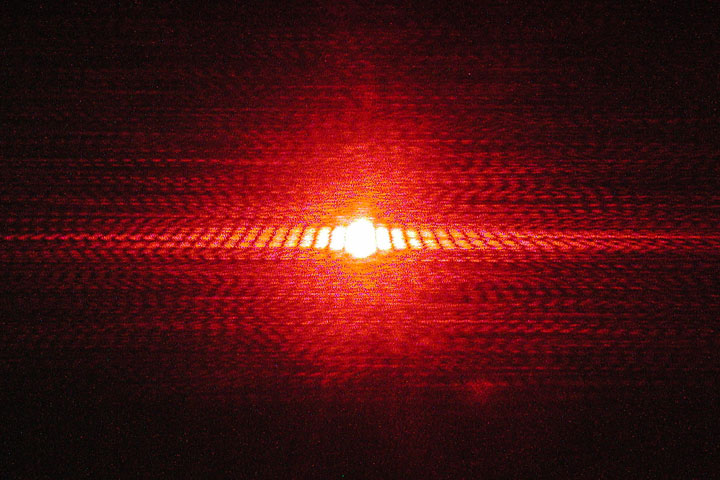 |
double source interference
Double source interference. The sources are closer together in the image on the right. Do not click on the animations if you have photosensitive epilepsy or a similar condition. | animate at your own risk | animate at your own risk |
Double source interference. Laser light through two closely spaced slits.
single source interference (self interference)
Single source interference. Laser light through a narrow opening.

multiple source interference (diffraction grating)
Multiple source interference. Laser light through a diffraction grating.
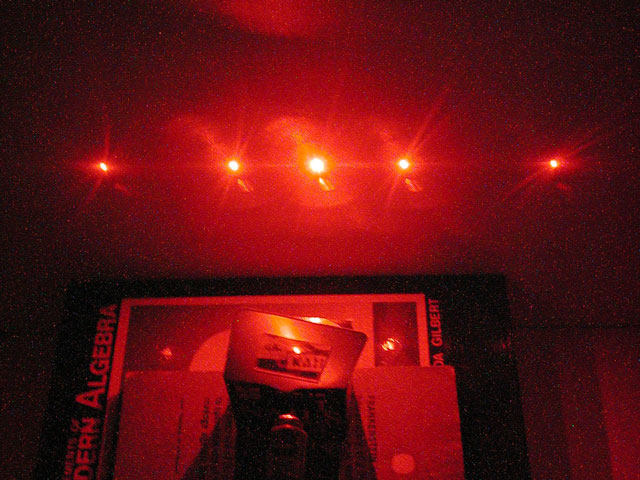
spectroscopy
continuous vs. discrete
Continuous: temperature from Wien's Displacement Law

The continuous spectrum of daylight. Note the absence of any noticeable gaps.
Discrete: "bar codes" of the elements

The discrete spectrum of a fluorescent light. These spectral lines are wider since they came from a wider source.
Quotes that need to be paraphrased.
- Two German scientists, Robert Bunsen (a chemist) and Gustav Kirchhoff (a physicist), showed that the dark lines in the spectrum of sunlight corresponded to the bright lines of excited elements seen in laboratories on the Earth.
- Helium was discovered in 1868 by J. Norman Lockyear in the spectrum of a solar eclipse.
- The French astronomer Pierre Janssen (1824-1907) discovered helium in the spectrum of the corona of the Sun during an eclipse in 1868. Shortly afterward it was identified as an element and named by the British chemist Edward Frankland and the British astronomer Joseph Norman Lockyer. The gas was first isolated from terrestrial sources in 1895 by the British chemist William Ramsay, who discovered it in cleveite, a uranium-bearing mineral. In 1907 the British physicist Ernest Rutherford (1871–1937) New Zealand–Canada–England showed that alpha particles are the nuclei of helium atoms.
Diffraction and Interference (Light)
No condition is permanent.
















